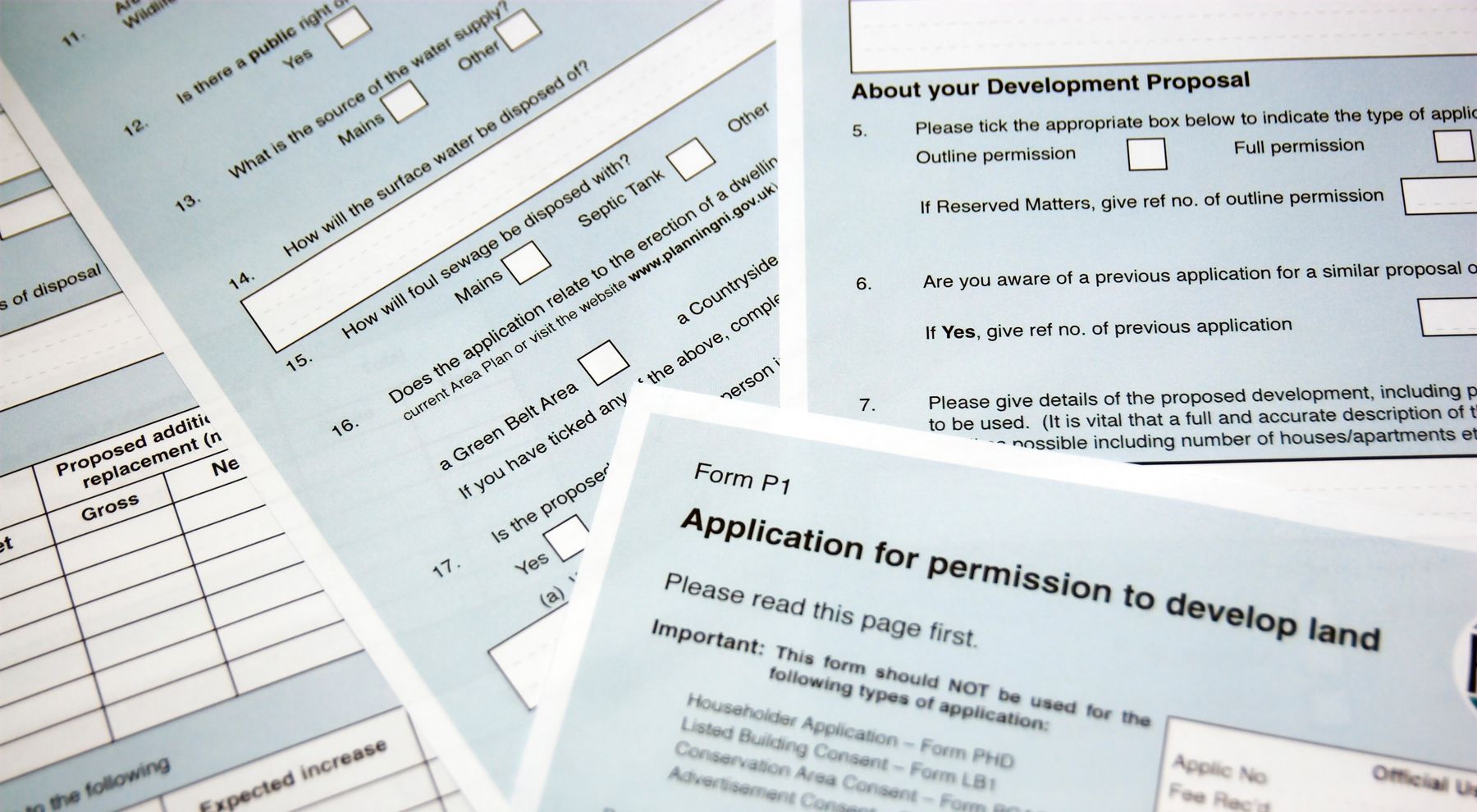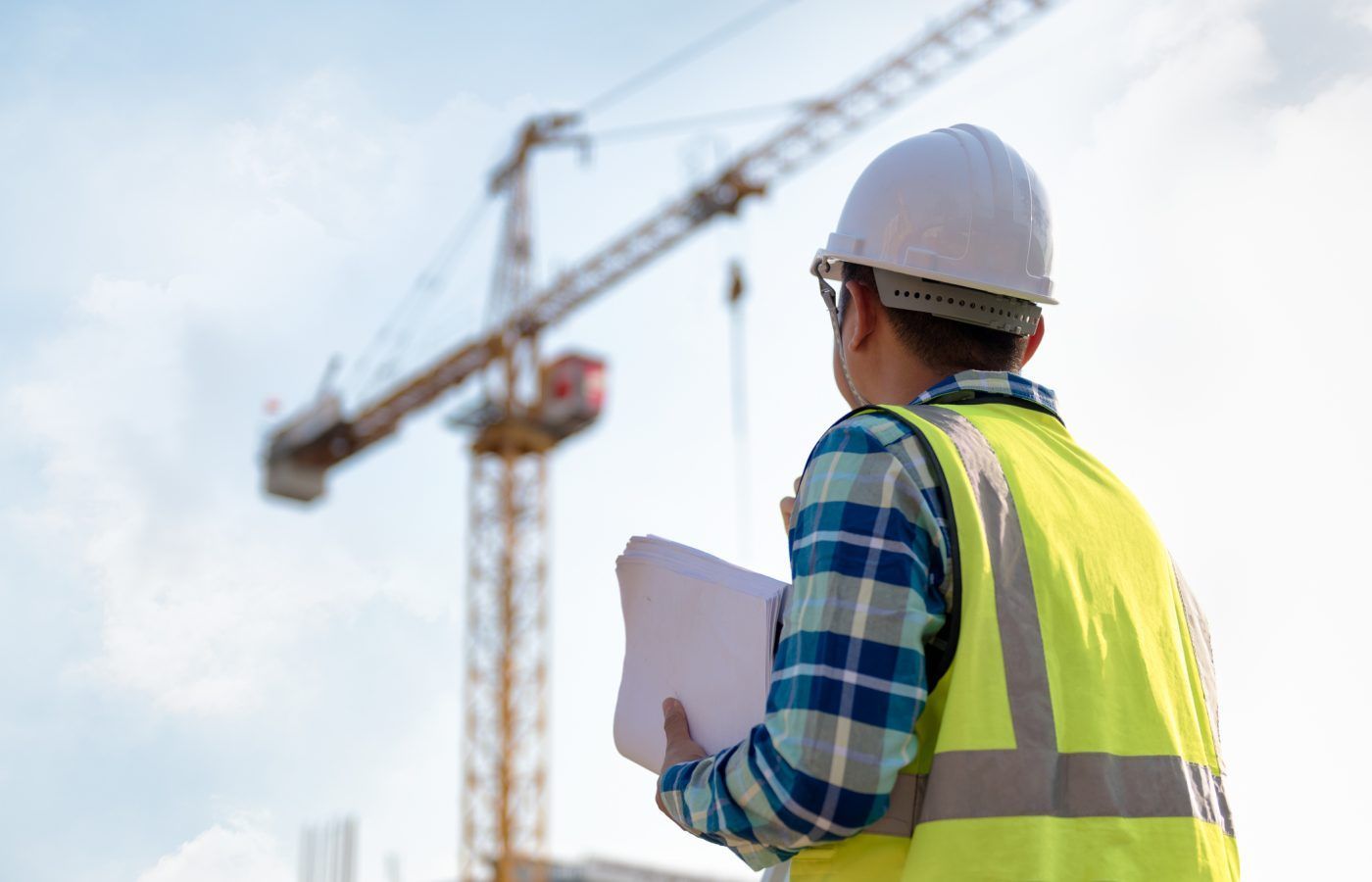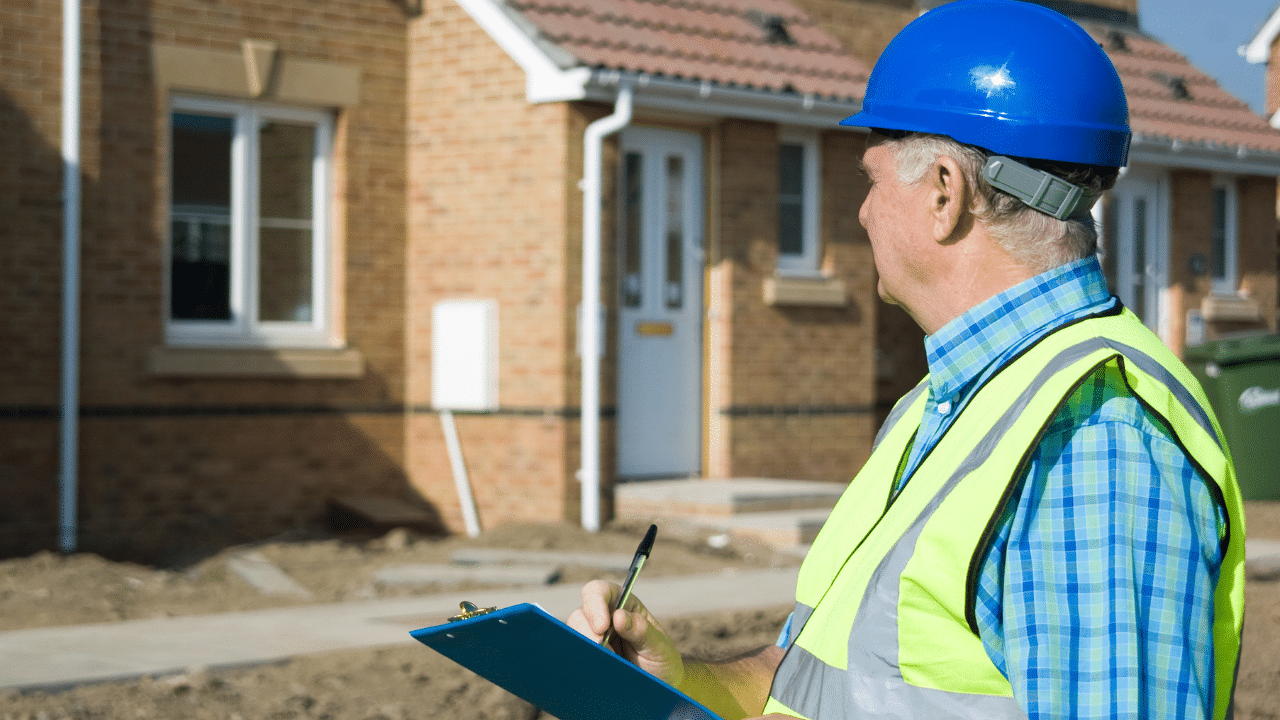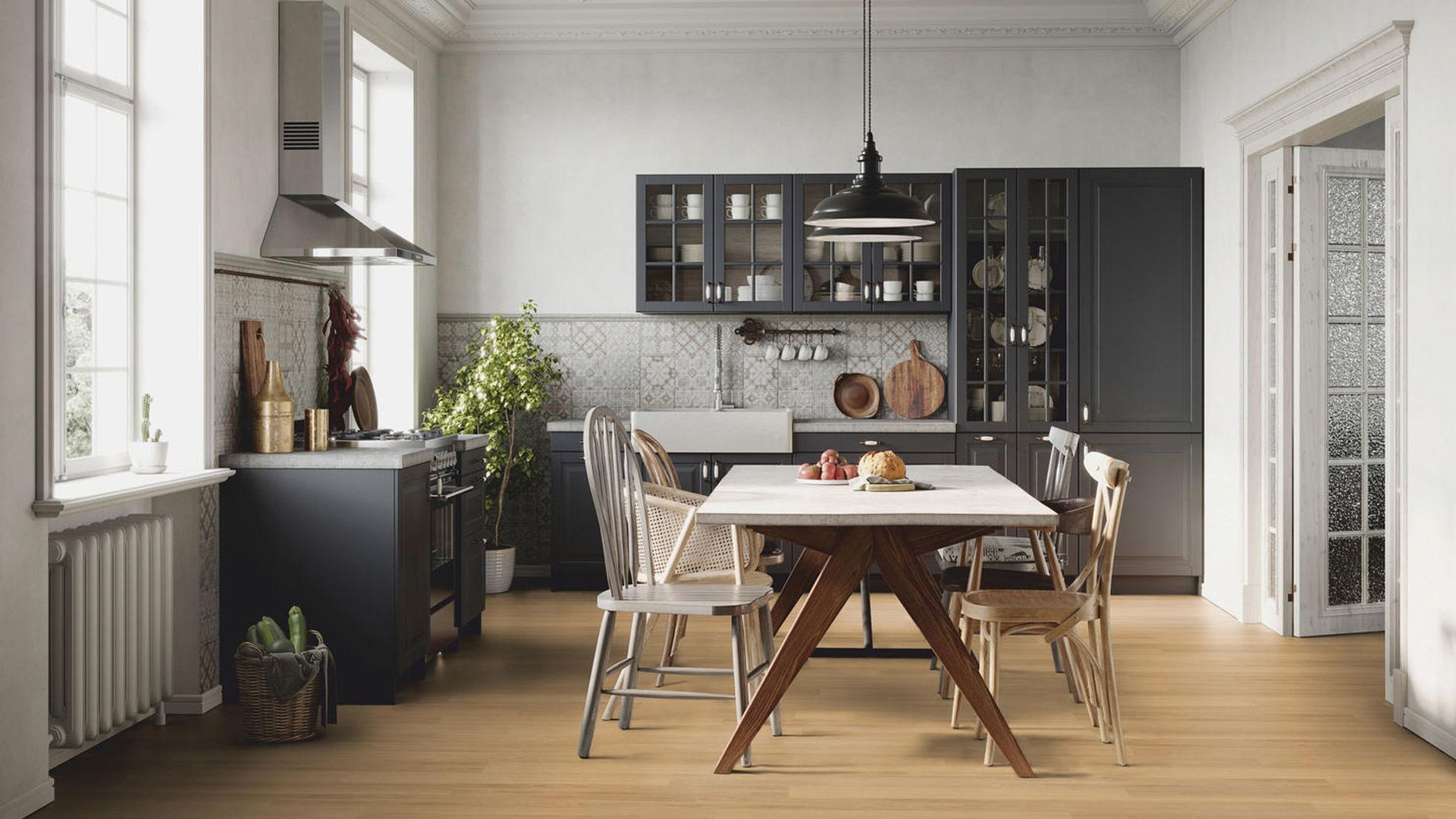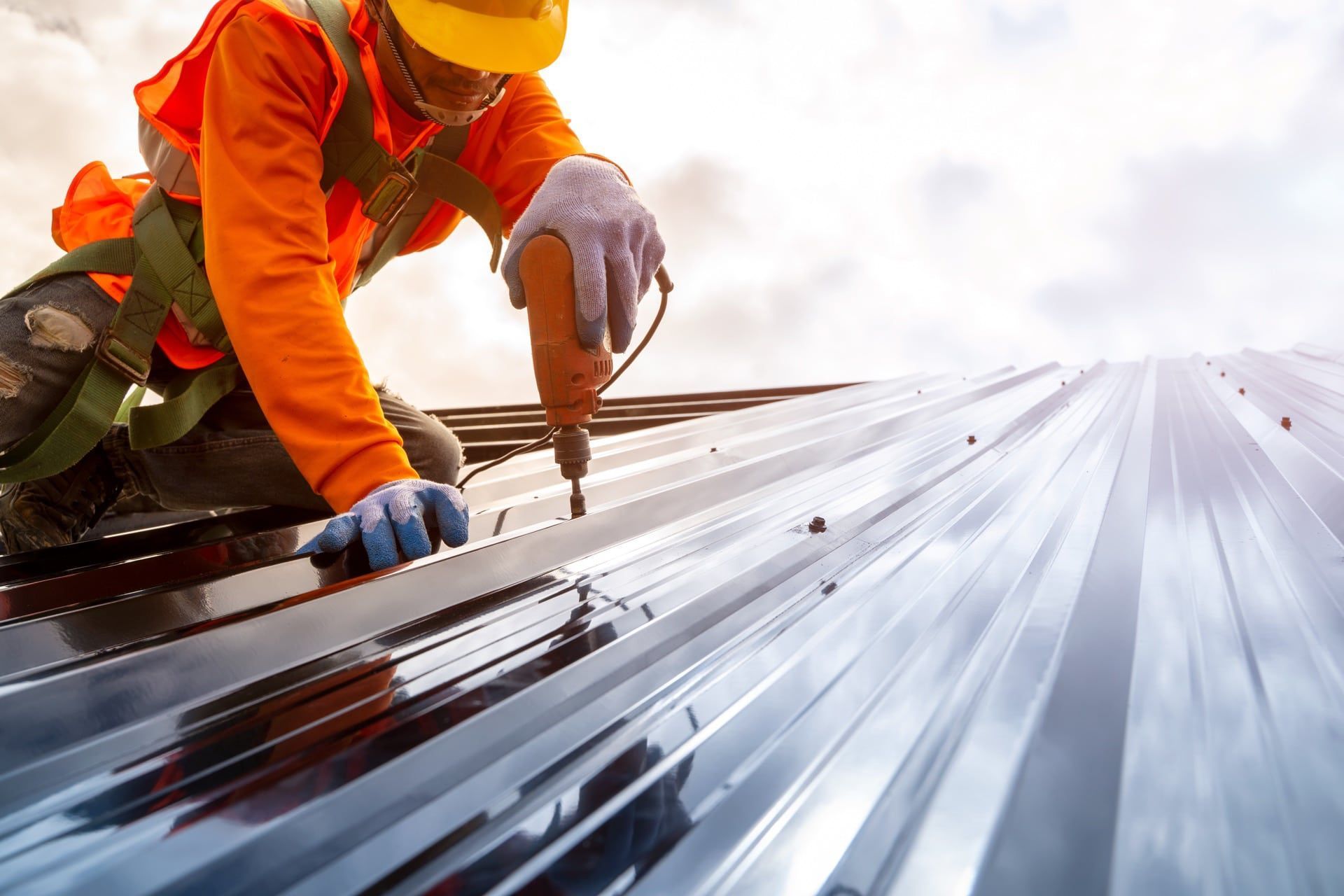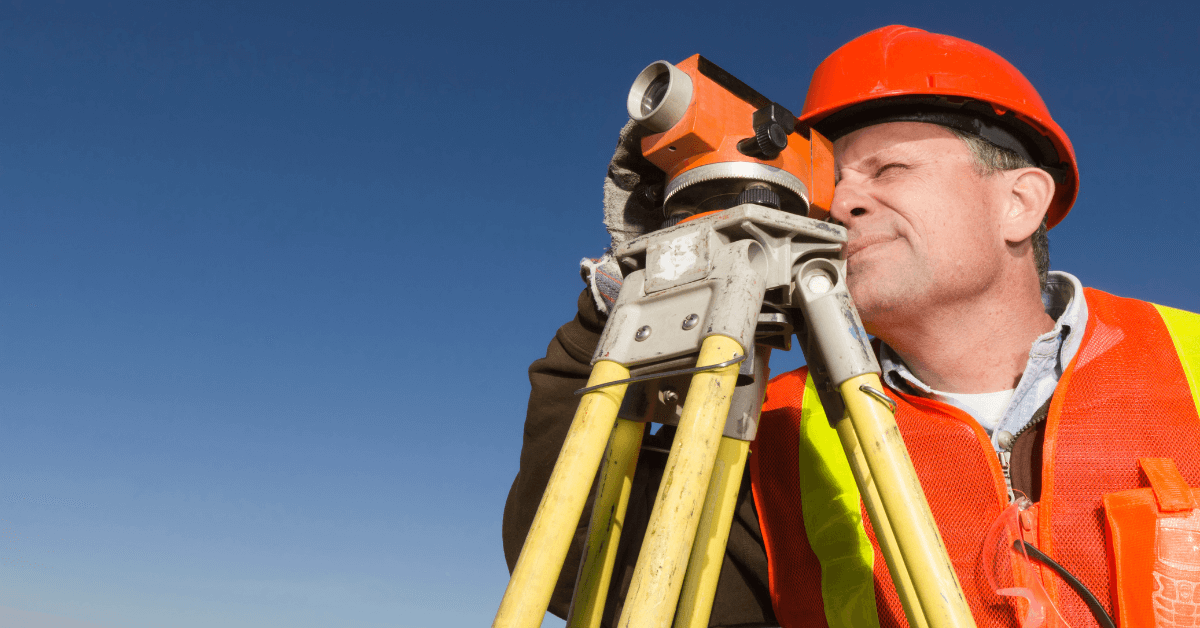Common Causes Of Subsidence In Homes
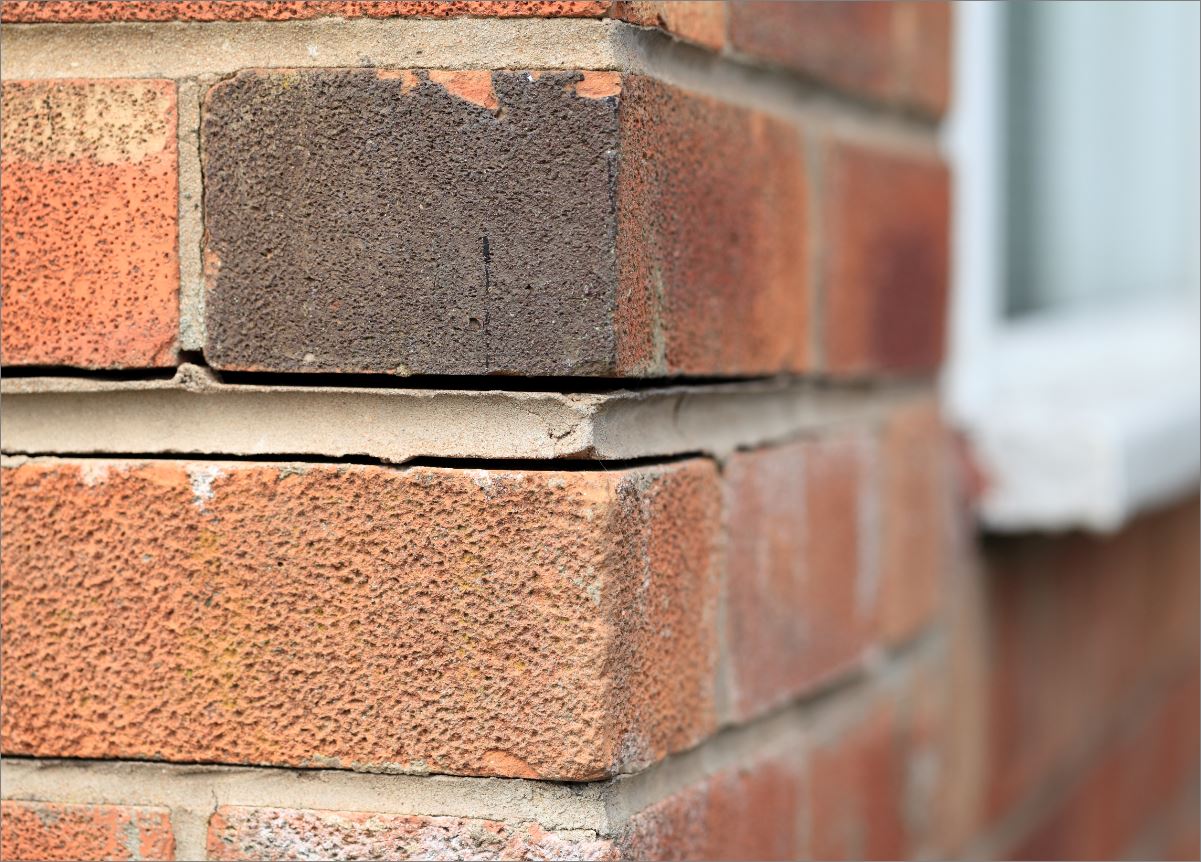
Investing in a house or property has the potential to be an incredibly exciting and rewarding experience. Of course, purchasing a home is not a simple process and there are plenty of things to consider but, with the right knowledge and advice, it can be relatively stress-free. As with any big decision or investment, it is important to approach it with a realistic mindset. As well as knowing what it is you are looking for in a home, it is important to understand some of the negative elements that are property-hunting red flags. One of these is subsidence.
Essentially, subsidence is the term used to describe a building’s foundations sinking or crumbling away, causing the property to become structurally unstable. It is more common in older buildings however new builds are not immune to the issue.
Here is our guide to the common causes of subsidence.
Ground Shrinkage & Swelling
As mentioned briefly above, subsidence involves a building’s foundations sinking, or subsiding, into the earth below. One of the most common causes of this is actually the ground on which the home is built. Soils that are primarily formed from clay and silt experience expansion and shrinkage as their moisture content fluctuates. For example, as soil loses moisture, it is likely to shrink, having a serious effect on the structure of the land below a building. If solid shrinks or expands, the foundations upon it experience shifts which cause the property to tilt or slip away into the earth.
Poor Foundations
Another common cause of subsidence can be linked to the construction of the building’s foundations in the first place. If the building is particularly old, or the materials used are of poor quality, the footings may begin to crumble or break down. This could be due to prolonged exposure to elements such as frost and moisture or it could simply be due to the materials degrading over a long period of time.
Trees & Vegetation
Finally, trees and natural growth can have a surprisingly large effect on the structural integrity of a building due to the expansion of their roots and the subsequent drawing of moisture. As mentioned earlier, certain soil is susceptible to shrinking and expanding in relation to moisture content. When trees and plants expand their roots, they take moisture from the surrounding soil, causing it to reduce in surface area. This, in turn, causes foundations to lower and buildings to subside.
Full Structural Surveys: Simon Levy Associates
If you are considering investing in a property, it is important to employ the services of a structural surveyor to ensure that there are no major issues such as subsidence. Here at Simon Levy Associates, we take pride in providing our clients with expert advice and conducting thorough structural surveys, so you can be sure you’re making the right decision.
Get in touch with us today to arrange a survey and discuss your requirements in detail.
Call us on 020 8207 6100 or send an email to
info@simonlevy.net.
